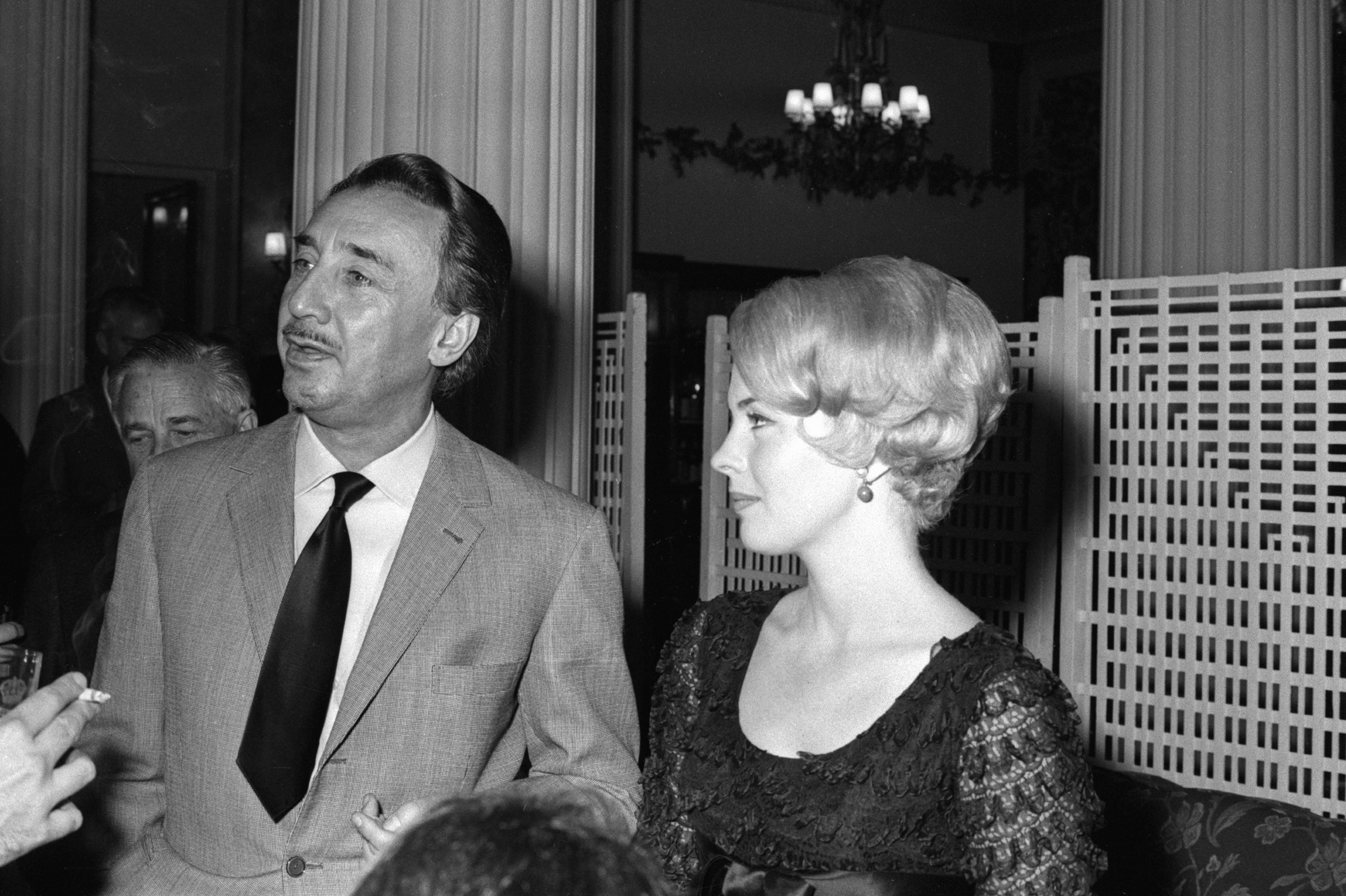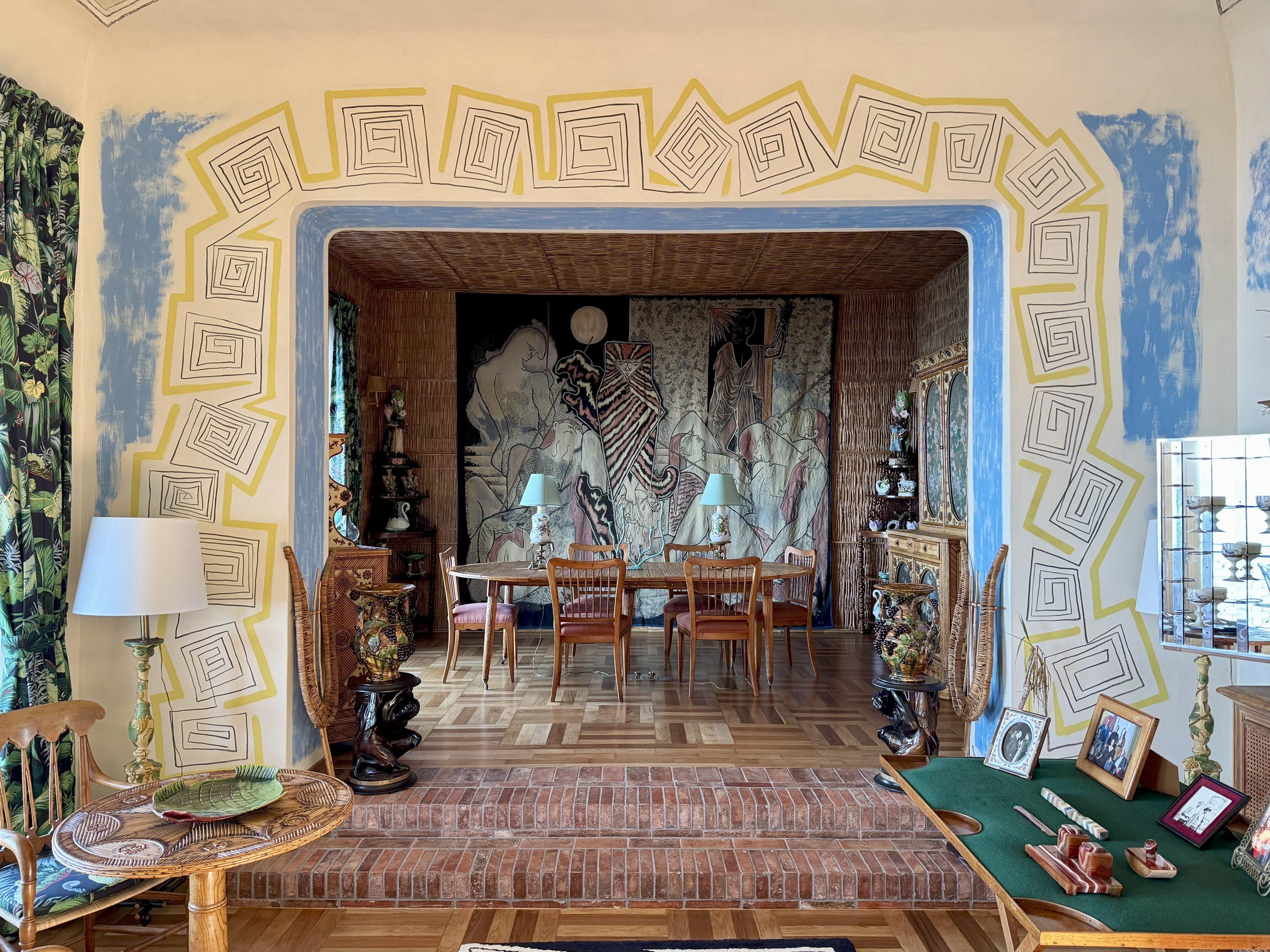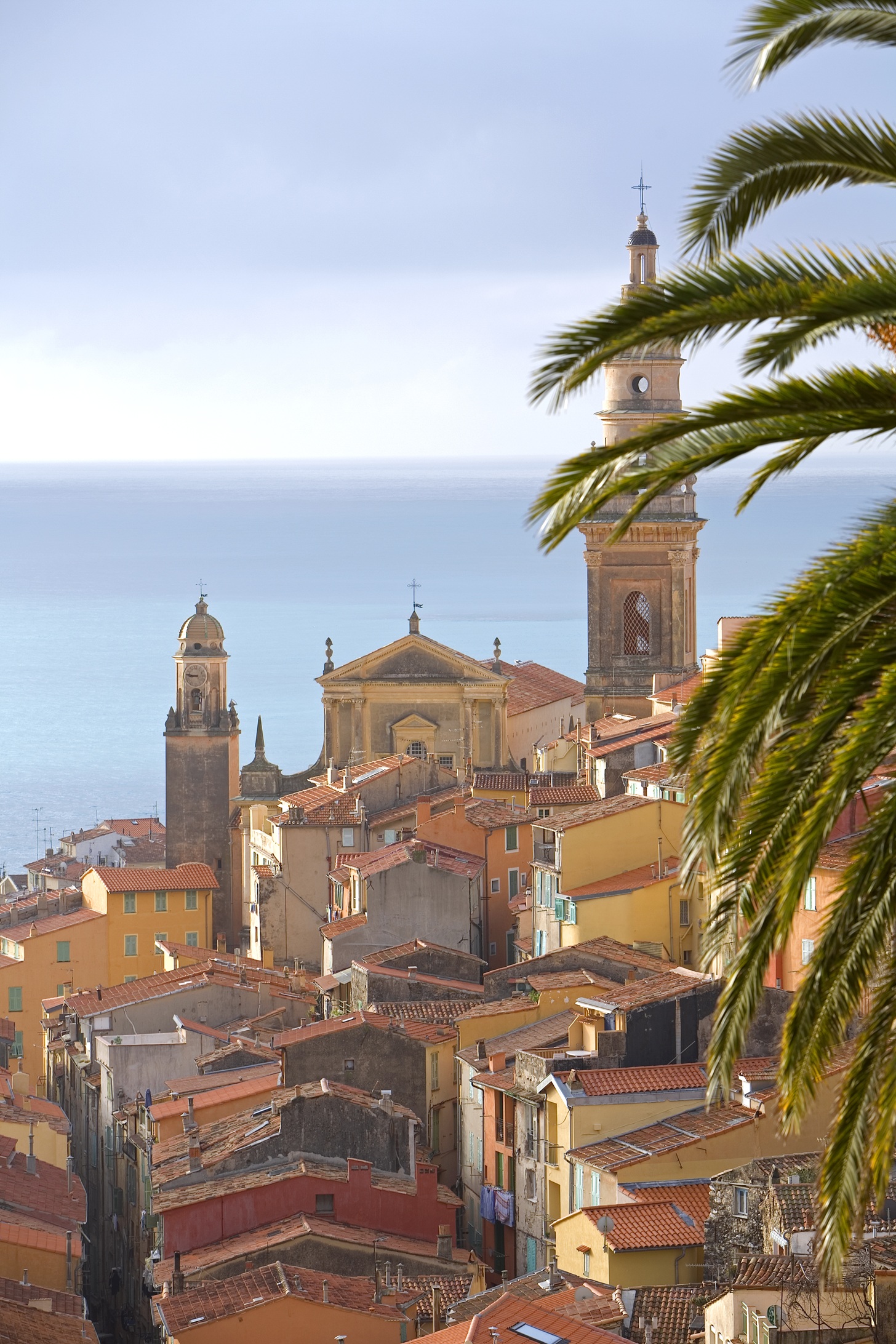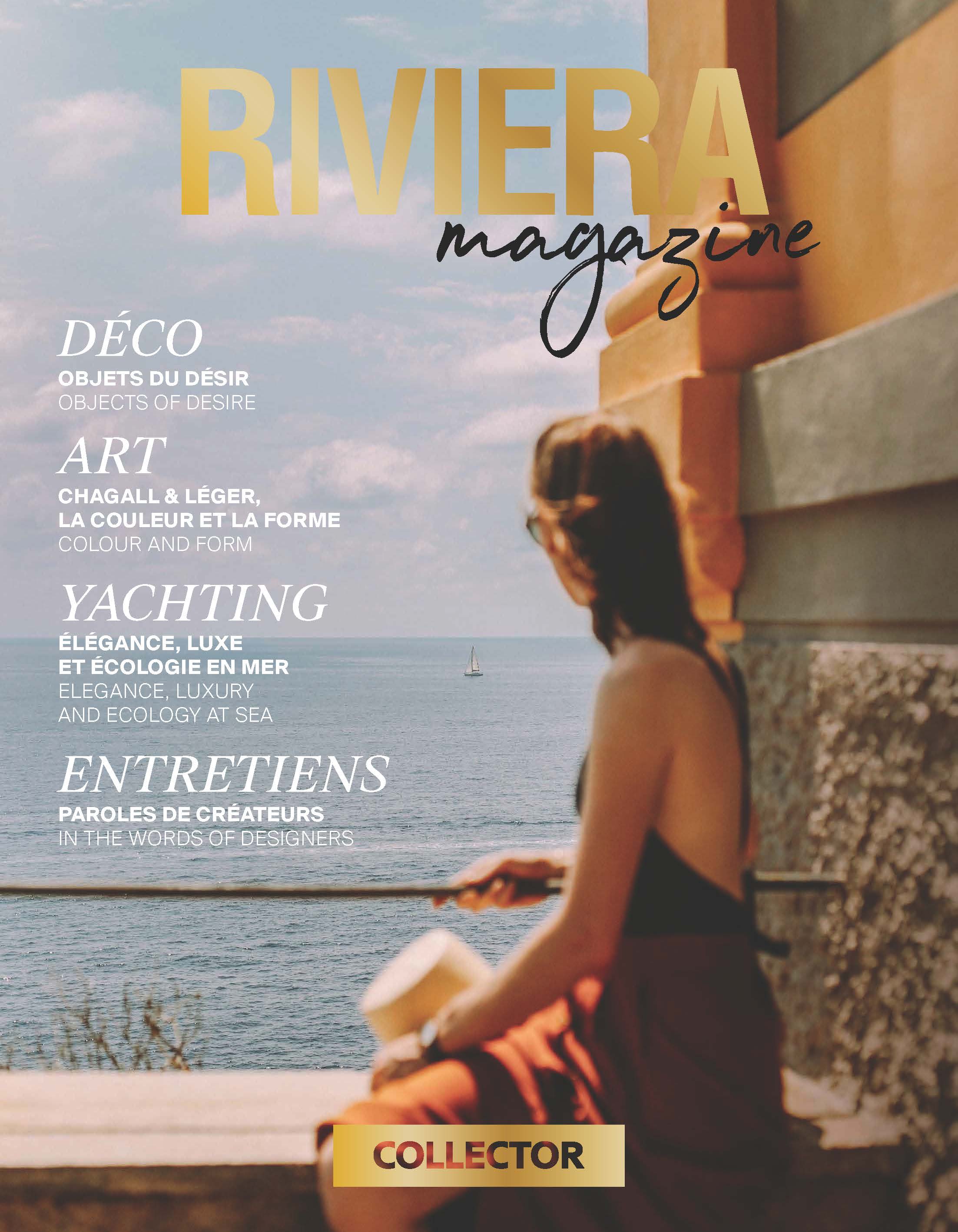From Jean Cocteau to Romain Gary and Francis Scott Fitzgerald, through contemporary voices such as J.M.G. Le Clézio or Didier van Cauwelaert, the Côte d'Azur has been a land of literary inspiration for over a century.
At the sources of inspiration
Perhaps the very first to put thought into the Riviera landscape was Friedrich Nietzsche. In 1883, weakened and melancholic, he moved to Nice and then to Èze-sur-Mer. Every day, he takes the steep path that connects the beach to the hilltop village of Èze. This “Nietzsche path”, now marked and mythical, inspires him in part of Thus Spoke Zarathustra. He found in it a form of vertical transcendence, a luminous austerity, far from Germany.
In the 1920s, the Riviera became the flamboyant haunt of American golden youth. Francis Scott Fitzgerald, icon of the “lost generation”, settles down with Zelda at Villa Saint-Louis, on Cap d'Antibes. This place, which has since become the Hotel Belles Rives, is the intimate and romantic theater of Tender Is the Night. The novel features Dick and Nicole Diver, the fictional double of the Fitzgeralds couple, in a sparkling tragedy with autobiographical overtones. Today, the hotel perpetuates this memory, with a piano bar named after it and lounges preserved in their Art Deco atmosphere.
More discreet, but just as essential, Vladimir Nabokov stayed in the region in the 1930s. He lives in particular in Menton, Fréjus, Cannes or Cap d'Antibes, alternating writing and butterfly hunting. The light of the Riviera, which he considered ideal for entomological observation, inspired the first lines of Lolita. He combines formal rigor and subdued melancholy, typical of exiles in search of the absolute.

Secret villas and writing frescoes
In Menton, Jean Cocteau did not content himself with writing: he imprinted his art in stone. He transformed the town hall's wedding hall into a total work of art, then took over an old 17th-century bastion to create his museum. But it is at Villa Santo Sospir, in Saint-Jean-Cap-Ferrat, that he leaves his most intimate mark. Invited to this villa facing the sea by his friend Francine Weisweiller, he stayed there for long periods and literally tattooed the walls, mixing mythological frescoes, Mediterranean symbolism and ancient figures. Each piece becomes a visual poem. Santo Sospir, now classified, is a dive into the world of Cocteau: theatrical, spiritual, solar.
At the turn of the 1960s, Romain Gary shared his life with Jean Seberg and stayed regularly on the Riviera. He found in the calm of Cap Ferrat a material conducive to the writing of The Dance Of Genghis Cohn or White dog, which he nourishes from his internal struggles and the Mediterranean silence. Not far away, Guy de Maupassant drops anchor from his yacht Bel-Ami off the coast of Beaulieu-sur-Mer. He writes from his boat, fascinated by the sea, the harsh light and the steep cliffs of the Côte d'Azur. His gaze combines realism, existential vertigo and admiration for the raw beauty of these landscapes.
Saint-Paul-de-Vence, famous for its artists, also attracts many writers. At La Colombe d'Or, we meet Prévert, Aragon, and then Le Clézio, who came to reconnect with his roots in Nice. This is where ideas are exchanged, books are born, poetry and painting intersect. The alleys of the village still maintain this cozy atmosphere, between artist studios and village cafes.

A land that is still fruitful
The French Riviera continues to inspire writers. In the 1950s, Françoise Sagan wrote her first novel at the age of eighteen Bonjour Tristesse in a villa rented by his parents in Juan-les-Pins. The Riviera becomes the scene of a luminous and cruel closed house, where sensuality, carefree and disillusionment mingle. The novel, burning with youth and intelligence, propels Sagan into legend and forever shapes the image of a decadent, elegant and melancholic Côte d'Azur. After this meteoric success, she continued to frequent Saint-Tropez, Ramatuelle, Cap Martin, finding in the curves of the coastal road, the pine forests heated in the sun and the confidential beaches, the backdrop for her stories of wandering and freedom. His pen, light and sharp, follows the contours of a South that has become the setting for discreet passions.
Patrick Modiano, for his part, deploys a more murky geography, haunted by memory. In Villa Triste, inspired by Cap d'Antibes, a solitary narrator recalls a suspended season marked by silence and ambiguity. Other novels, like Accident nocturne or The Street Of Dark Shops, summon Nice, Cannes or Menton, as porous places where reality dissolves in the mists of the past. A spectral Riviera, where one seeks but does not always find.
Among contemporary voices, Didier van Cauwelaert, winner of the 1994 Goncourt Prize, anchors his novels in a sensitive and deep-rooted Riviera. J.M.G. Le Clézio, winner of the Nobel Prize for Literature, returns regularly to his native city of Nice, to which he pays tribute in The African or Raga.
The literary memory of the Côte d'Azur is diffuse, lively, intimate. She hides in hotel rooms, invisible villas, coastal paths, shaded terraces. It is whispered in the corridors of the Negresco, the Westminster, the Welcome or the Belles Rives, and can also be read in the landscapes: a deserted beach, a pine forest, or even a golden light at the end of the afternoon.
Cover: Portrait of Francis Scott Fitzgerald © Getty - Bettmann





%20Mathieu%20Cellard%20PONTON%20BR%20-%20JUIN%202012.avif)











.avif)


.avif)